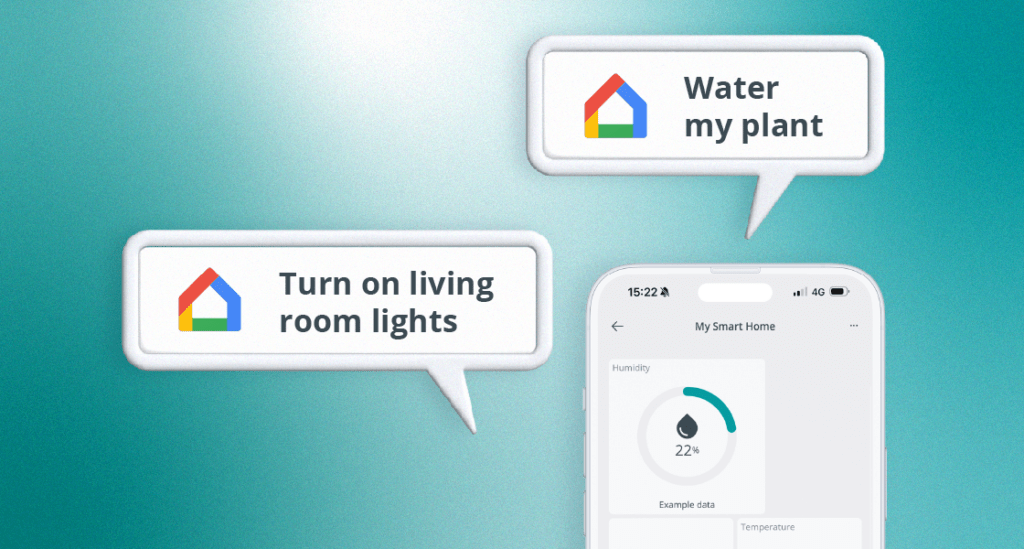Schlagwort: Google Home
-

Hey Google! Meet Arduino Cloud
Reading Time: 3 minutesWe’re excited to announce that the Arduino Cloud now supports Google Home! This means you can now interact with your devices, simply through your Google Home Assistant: use voice commands, the Google Home app, or create new routines integrating Arduino solutions. This new integration expands our ecosystem of compatible applications, which already…
-

The best hardware, software and AI—togetherThe best hardware, software and AI—together
Reading Time: 3 minutesToday, we introduced our second generation family of consumer hardware products, all made by Google: new Pixel phones, Google Home Mini and Max, an all new Pixelbook, Google Clips hands-free camera, Google Pixel Buds, and an updated Daydream View headset. We see tremendous potential for devices to be helpful, make your life…

